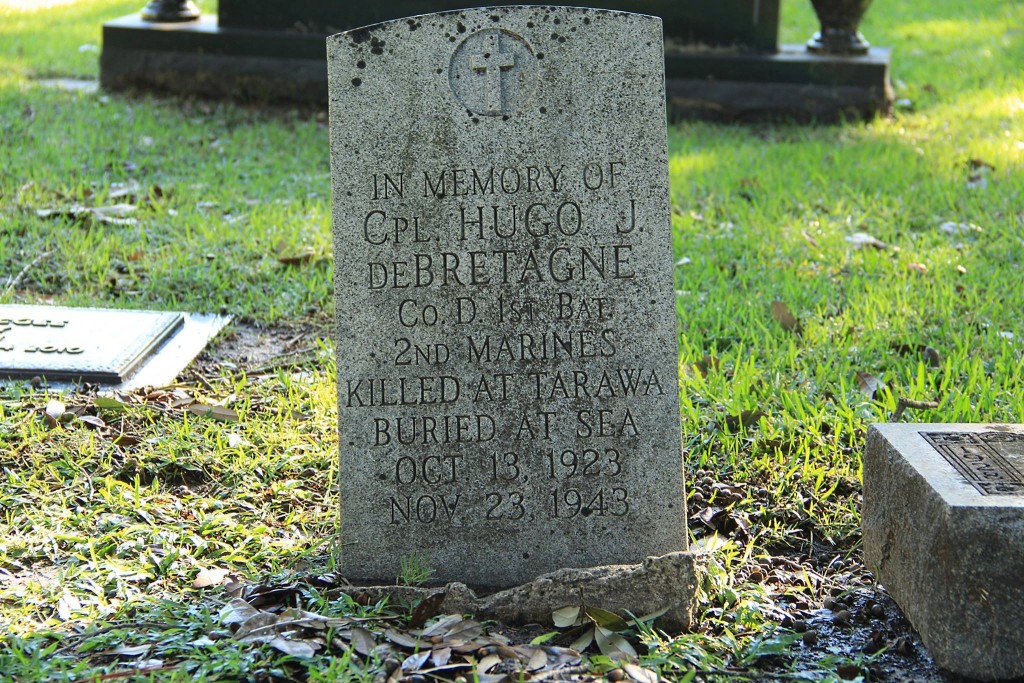
Well, I’ve been dieting again. The main reason is that I couldn’t bend down and put on the booties during the Historic Homes Tour in Galveston. Actually, this makes me think of all the food I grew up eating. There were many good places in Port Arthur, but I stand by my Hartmans, Monceauxs, and Fish Net picks. I also want to mention Pie Face. Her jambalaya was not of this world in the 1990s. This was when she was cooking in the Jefferson City Shopping Center. It was the old Ted’s Record Shop. I know that she was previously located near Church’s Chicken on Bluebonnet. Pork Jambalaya that only an angel from Heaven could have cooked, and sweet tea for $5.
As a kid, my family didn’t travel much. As I stated a few weeks ago, we were the poor sods who ate sandy hotdogs on McFaddin Beach, so I don’t know the appetite of North Jefferson County or even the other counties in SETX. Except for Tyler County, we all know that your Pickett House is almost a religious experience. Our Boondocks was too. What was your favorite dining spot in the counties that make up SETX, and is it still around?
When traveling along Twin-city Hwy, just before the point where Hwy 366 connects to it, you will see seven Oak trees planted back in the 1980s in a circle near the train bridge. TxDOT did not do this landscaping. The tribute to the seven astronauts who perished in the Challenger explosion in January 1986 was made by the Nederland Historical Society. I’ll give a shout-out to William D. Quick for this. When I first heard about the disaster, I was on the same porch where I saw a formation of T-6 Texans all dressed up to look like Mitsubishi A6M Zeros for the Tora, Tora, Tora airshow at the Jefferson County Airport. I also saw Air Force One in 1980. The president was here doing what politicians do. I’m still in awe of the planes but don’t care for politicians unless it’s Winston Churchill. I will go on record to say that I’m pro-peanuts, though.
Last weekend I used my time wisely. It had been a while since I updated my files–what a weekend of filing! Nine months of files uploaded and sent to the database for humanity. You’re welcome. There were many interesting things waiting to be uploaded, such as several Port Arthur News clips of Mrs. Hugo DeBretagne. She was quite a patriot, I believe. If you have followed this blog, you’ve seen me mention Hugo J. DeBretagne. She was his mother. Although I haven’t done an in-depth article on H.J., it remains an ongoing project. Below I offer a storyline for this family and hope to expand it in the future.
The father, Hugo S. DeBretagne, fought in WWI and found a bride in Belgium, named Berthe. After the war, they lived in Port Arthur and had two sons, Hugo J. and James. Throughout the 1920s and 30s, there are many mentions of Berthe DeBretagne giving public speeches or heading the Women’s Auxiliary. Since she was mentioned more than her children and husband, I can only assume that she was a go-getter.
In the 1940s, both sons enlisted and were sent to fight in the Pacific. This is where it gets fuzzy for me as a researcher. I do know that James fought at Guadalcanal, but there is no mention of Hugo. The only information I could find is for the Battle of Tarawa. Hugo J. DeBretagne was killed in action on the third and last day of the battle (November 23, 1943). His brother James survived the war. He died in 2008, but I am yet to find his story. Mrs. DeBretagne continued to be in the spotlight with the Women’s Auxiliary in the newspapers, but in 1946 she divorced her husband and went her own way. I will not attempt to explain this decision because I can’t. It is what it is. Berthe eventually remarried an immigrant from Australia named William George Hay. She is buried near her son’s memorial stone in Greenlawn in Groves, Texas. This is one story I will continue to research.
Another group of files I uploaded was on the Sparks Cemetery and how it was moved in the 1950s. The cemetery was located on Dupont land between Nederland and Beaumont on TwinCity Highway. The McFaddins owned the ground at the time, and both they and Dupont moved all 30 residents of the cemetery to Forest Lawn in Beaumont. I will give the McFaddins and Dupont kudos for actually moving the bodies to their new resting place. There are many accounts of Beaumont cemeteries simply left underneath sites of urban expansion. I will get into that in the future.
Well, that’s it for this week. I’ll mention that I was surprised to make it in the Out and About with Albert section of The Examiner newspaper for the Memorial Service at Magnolia Cemetery. It’s better than the police beat. Au revoir.
Food for Thought in Port Arthur Texas (70s -80s)
https://www.rediscoveringsetx.com/2013/01/23/food-for-thought-in-port-arthur-texas-70s-80s/


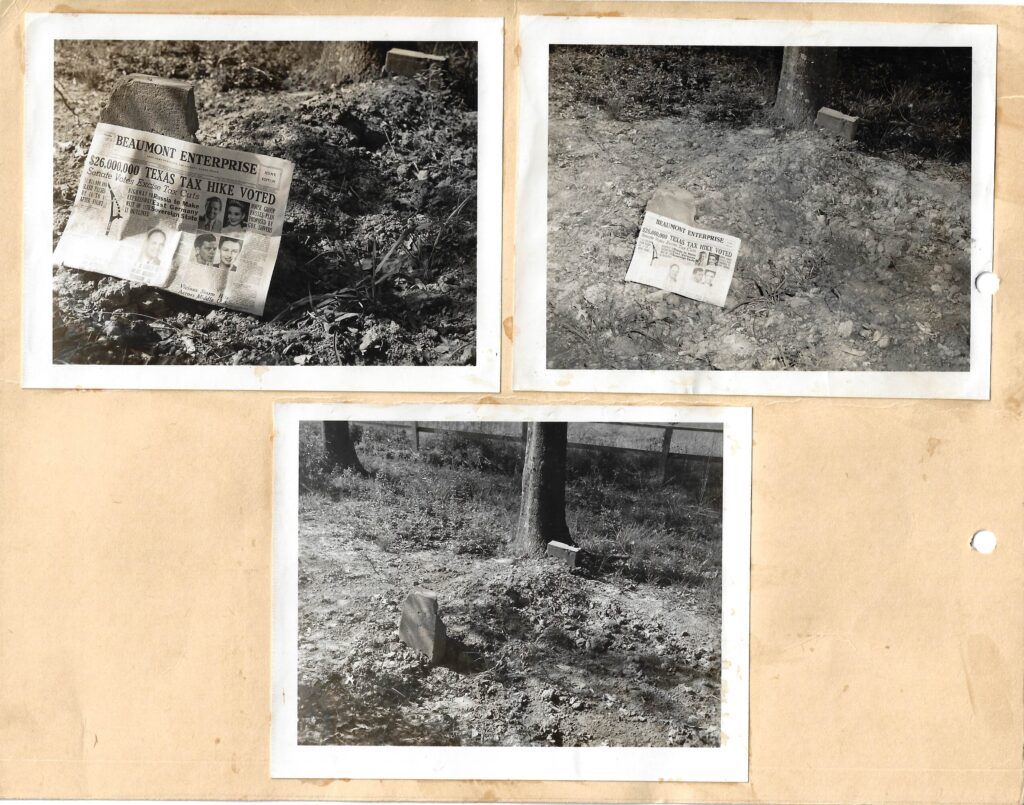
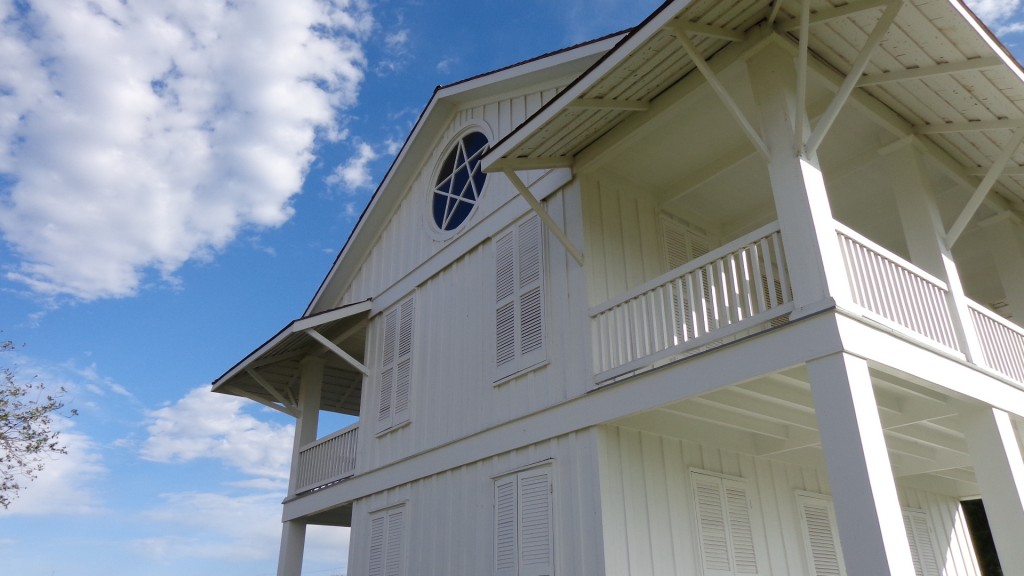
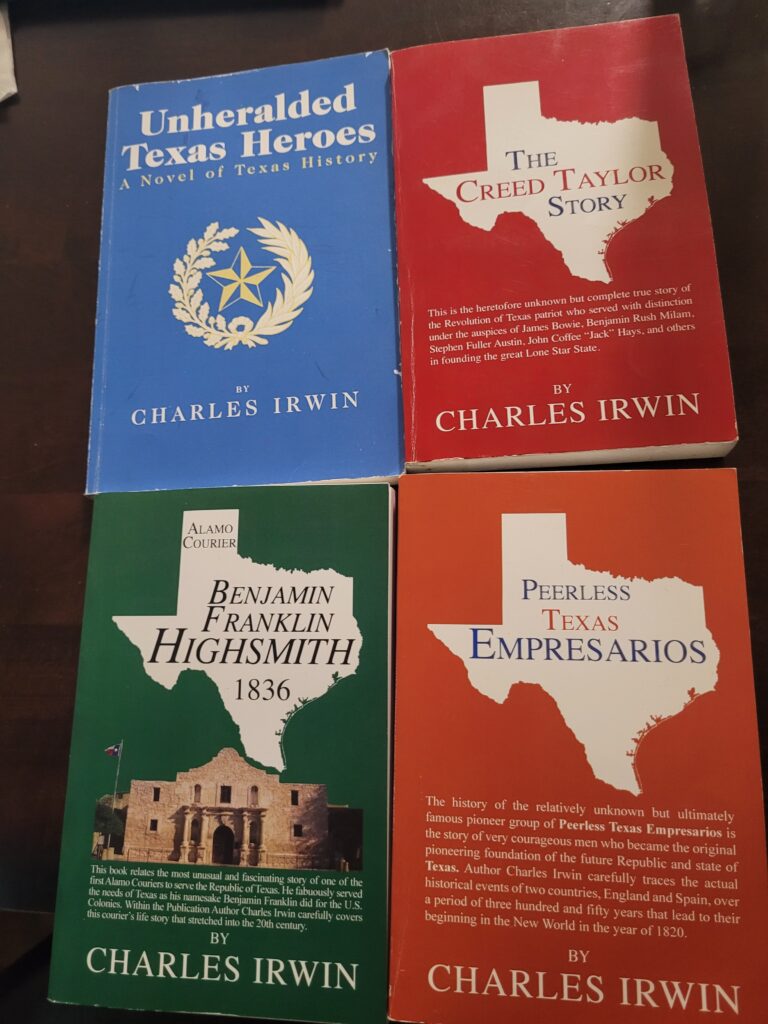
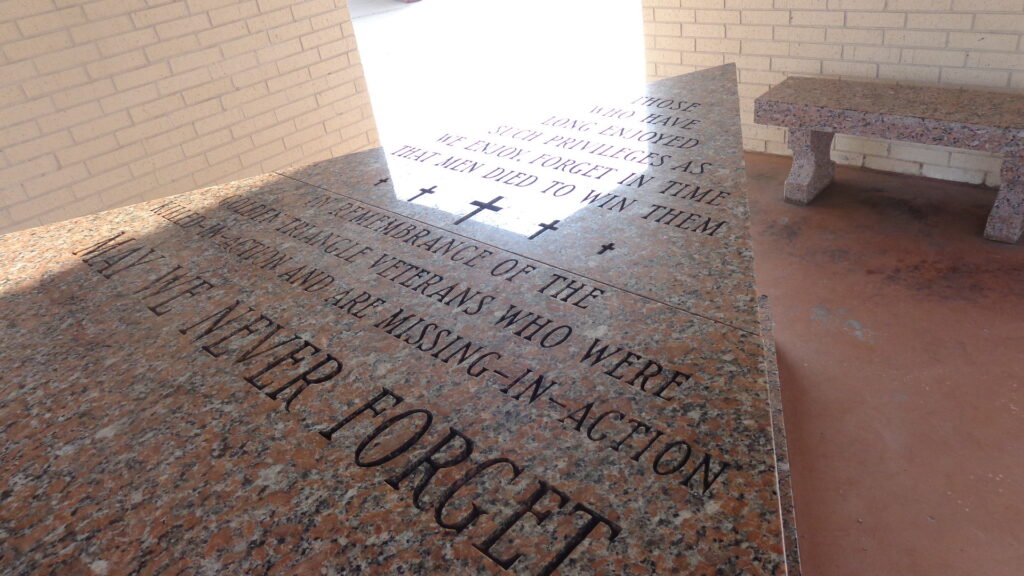
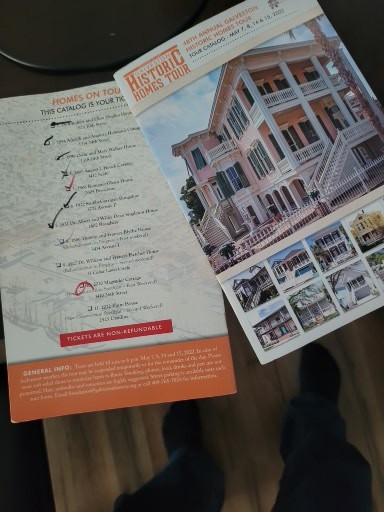
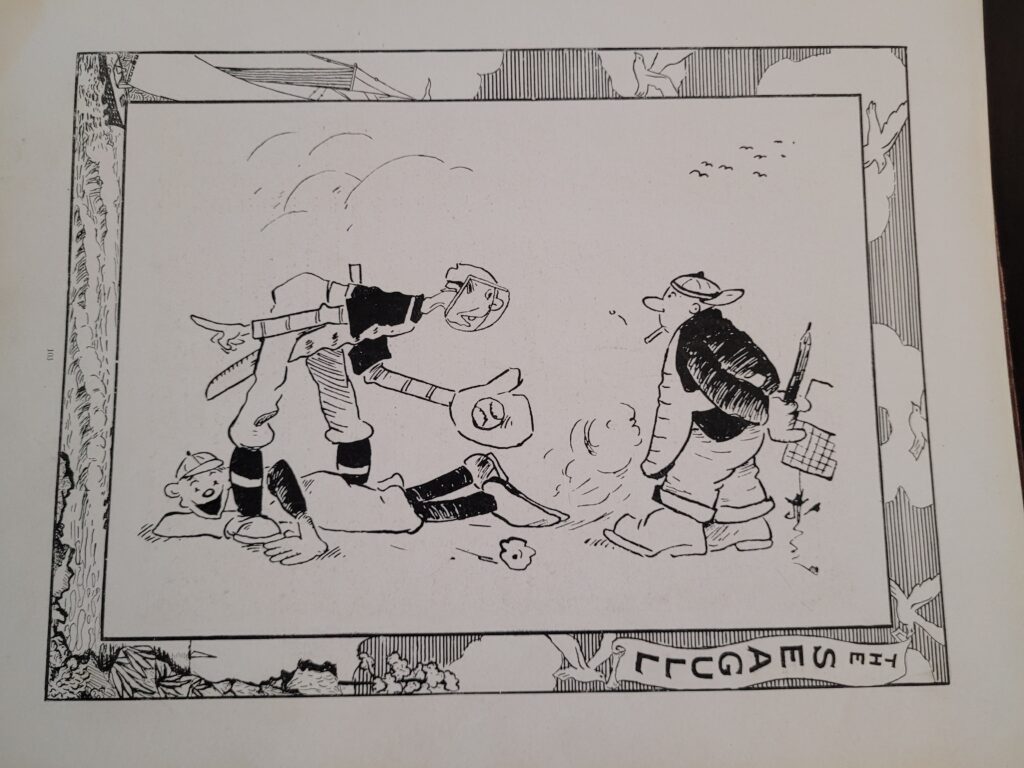
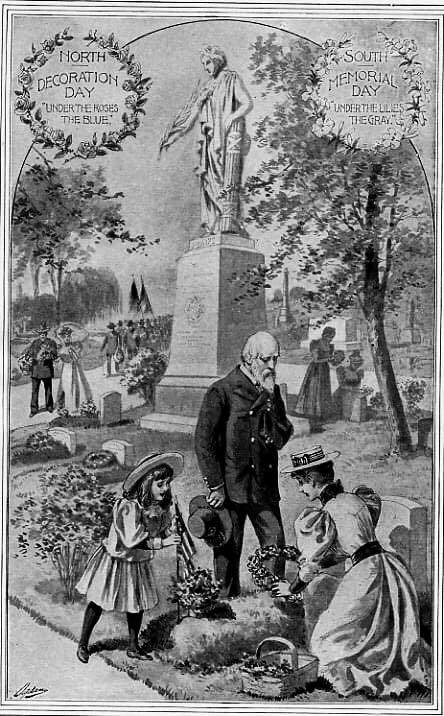
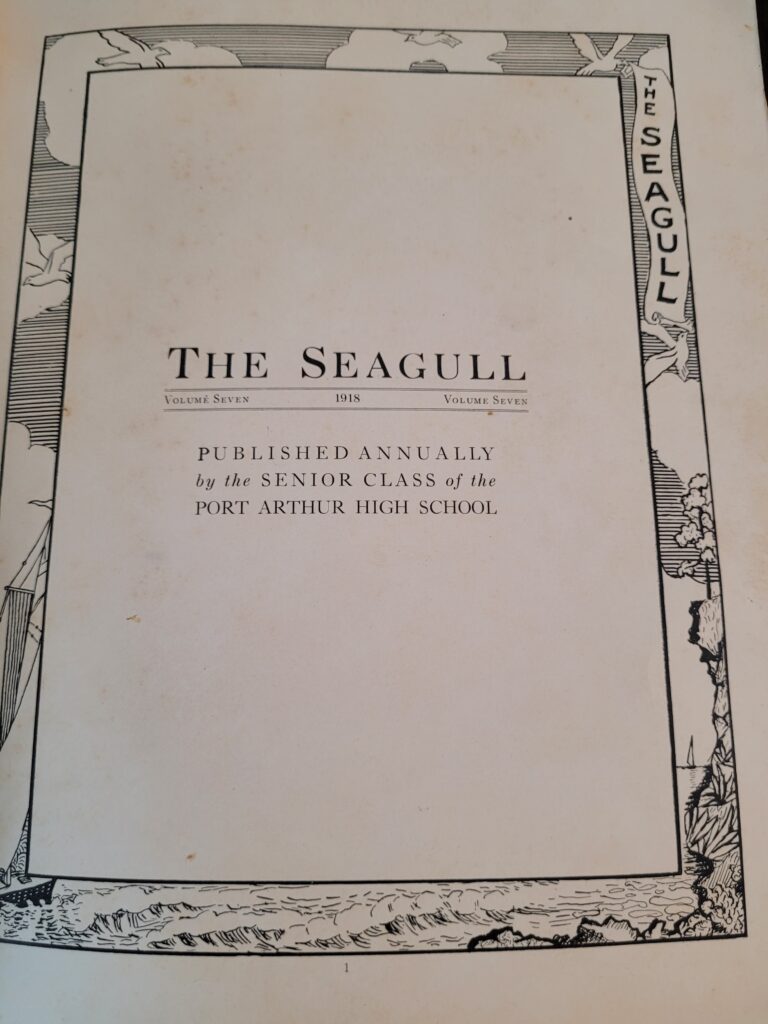
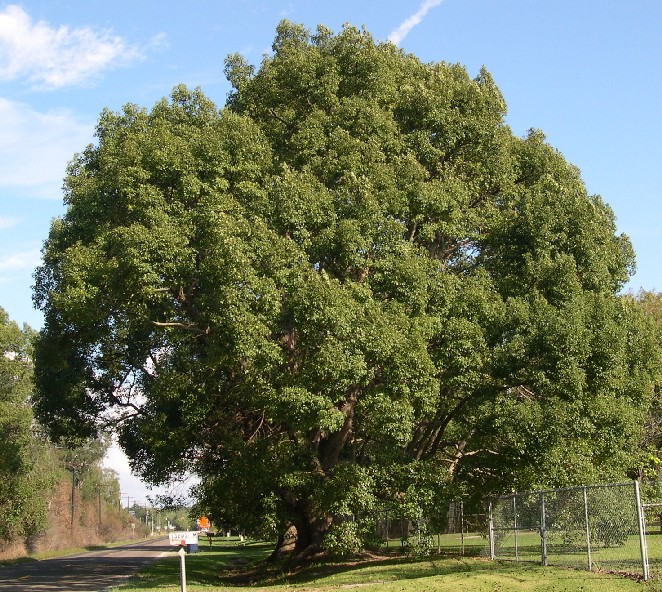
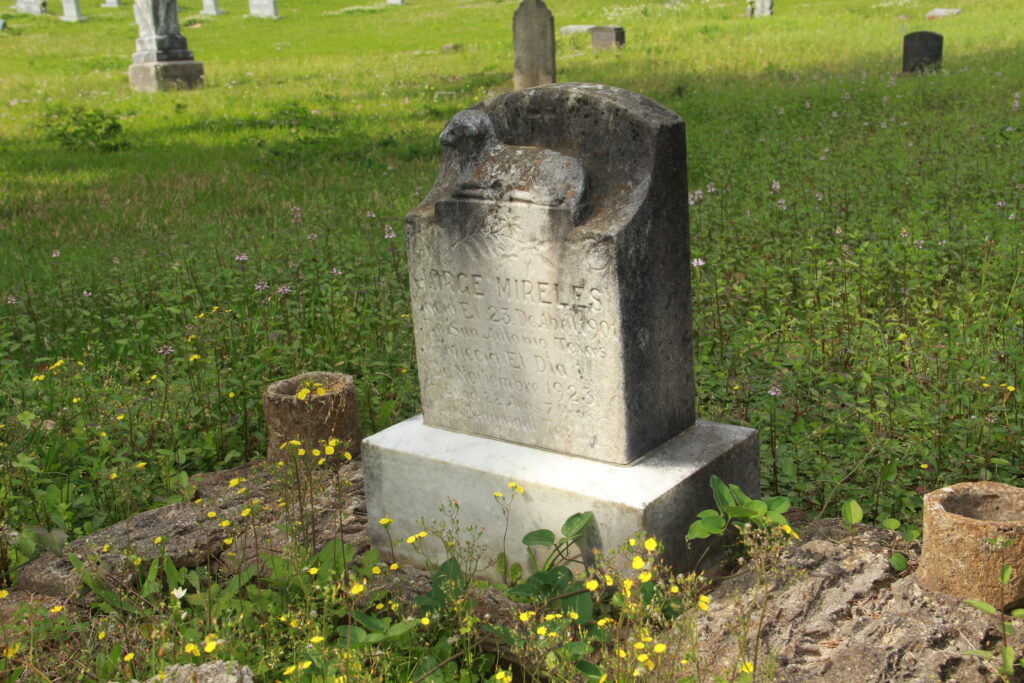
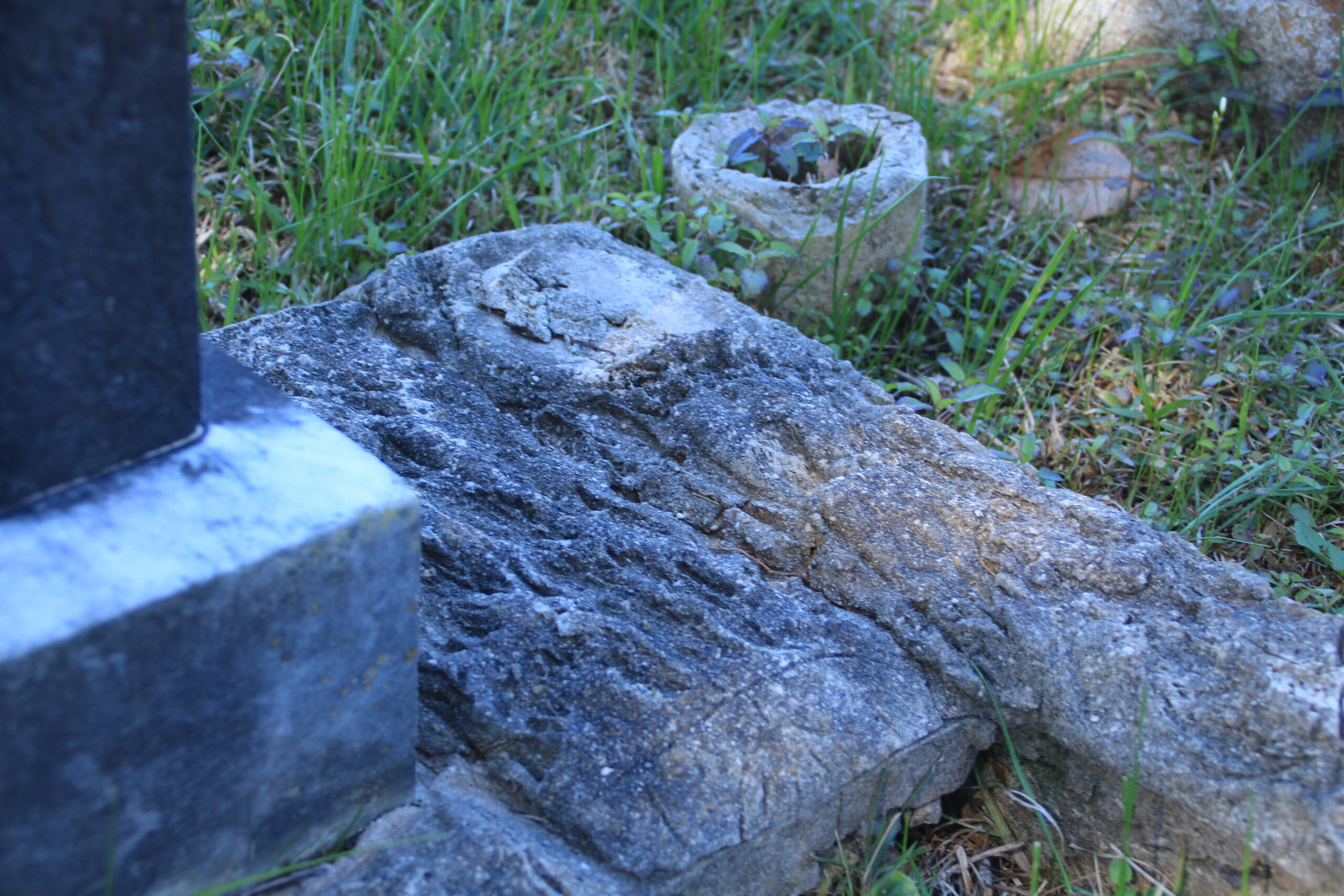
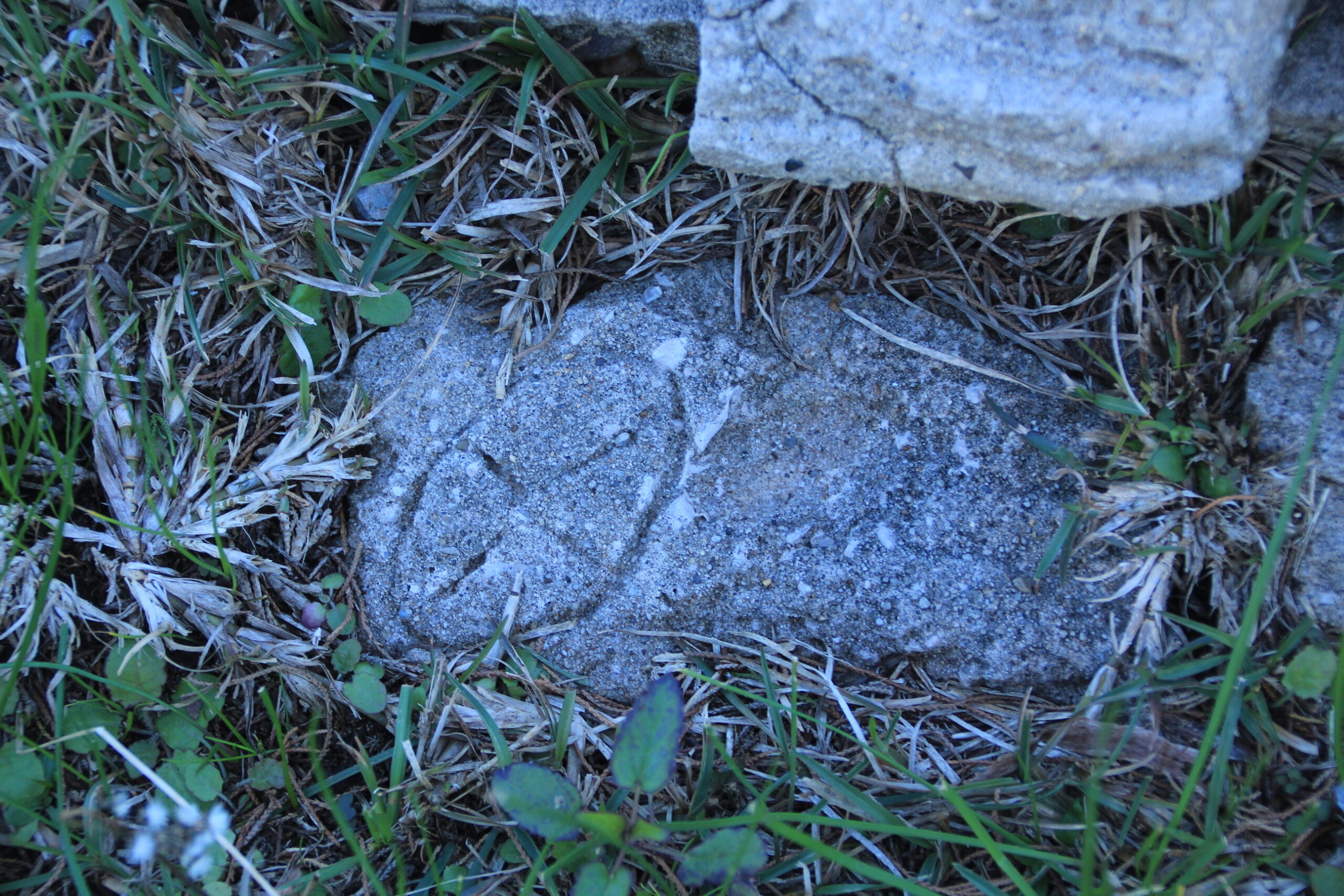
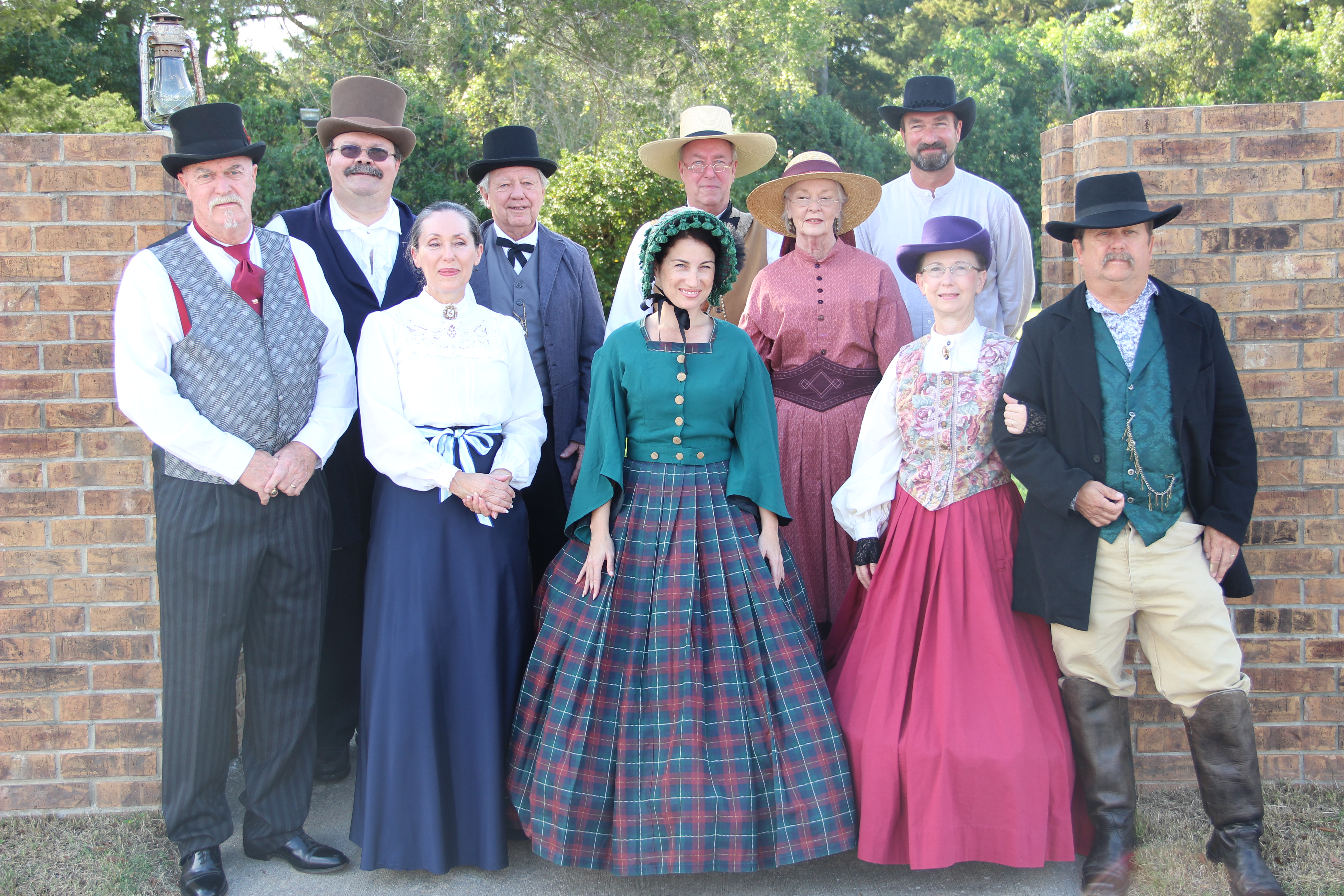
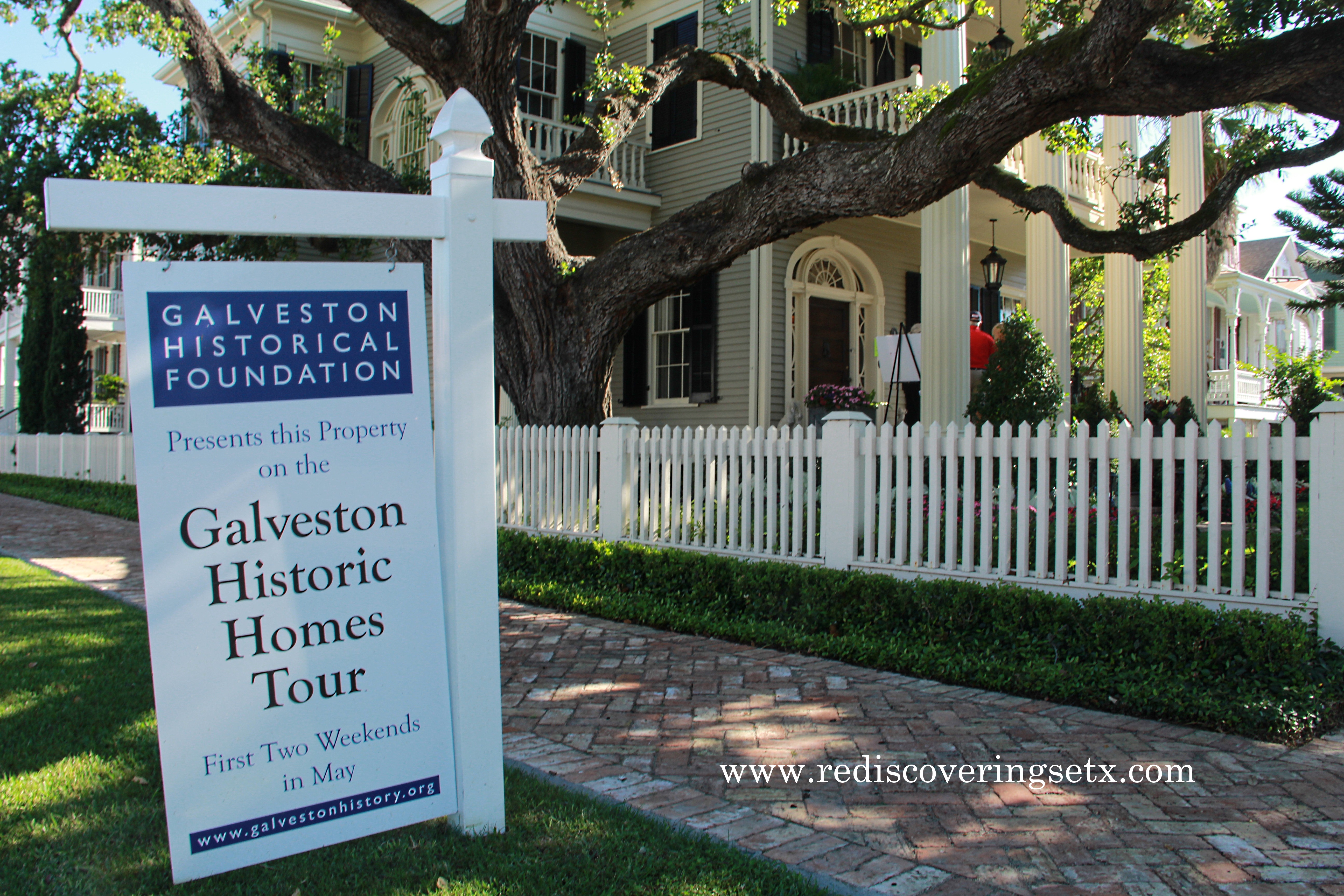 Getting back to the topic of volunteering, it’s no secret that I love the
Getting back to the topic of volunteering, it’s no secret that I love the  For weeks, I researched the origins of
For weeks, I researched the origins of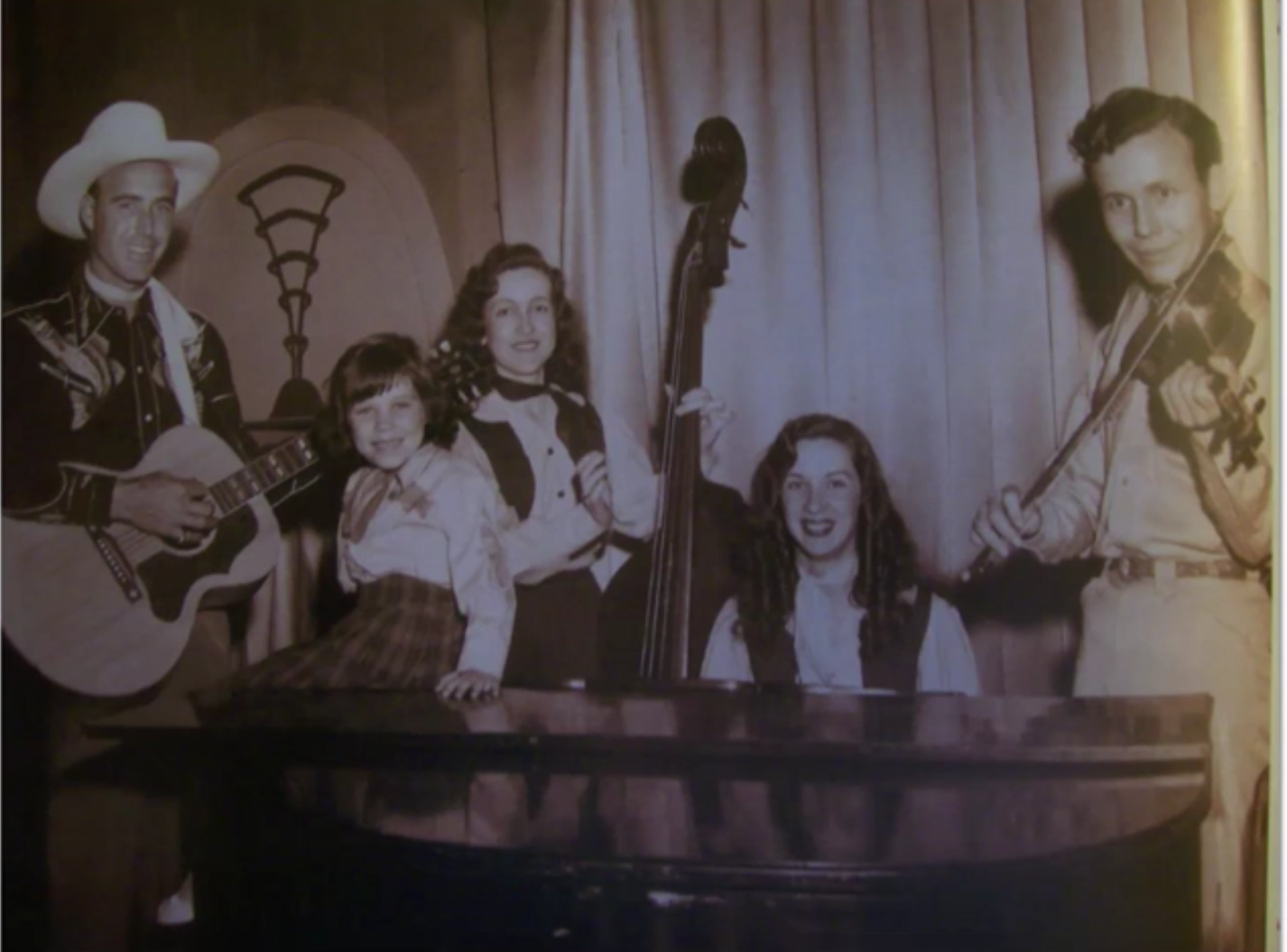
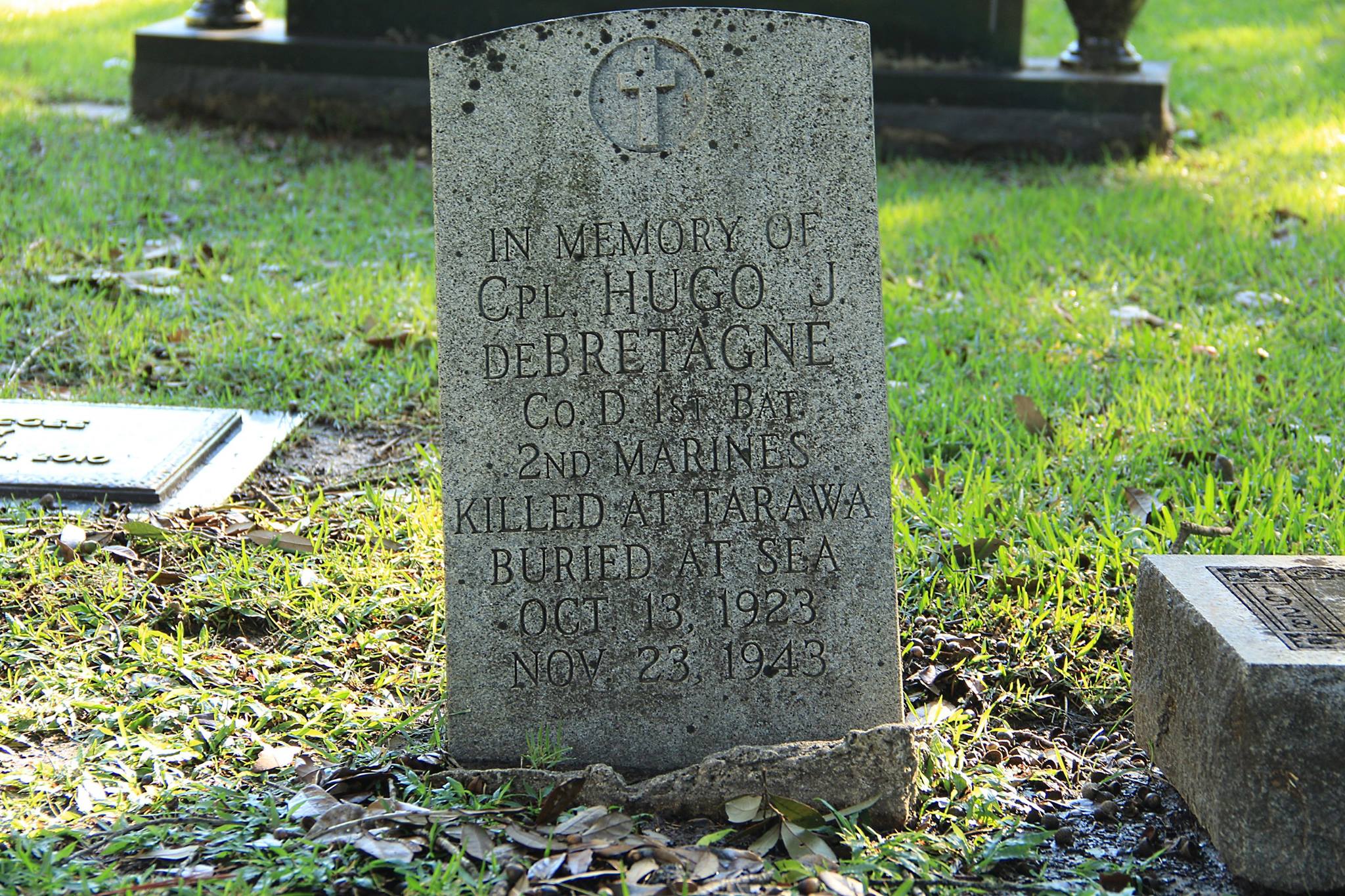 In memory of Hugo J. DeBretagne, CO D 1st Bat. 2nd Marines Killed at Tarawa Buried at sea. Oct. 13, 1923 – Nov. 23, 1943
In memory of Hugo J. DeBretagne, CO D 1st Bat. 2nd Marines Killed at Tarawa Buried at sea. Oct. 13, 1923 – Nov. 23, 1943 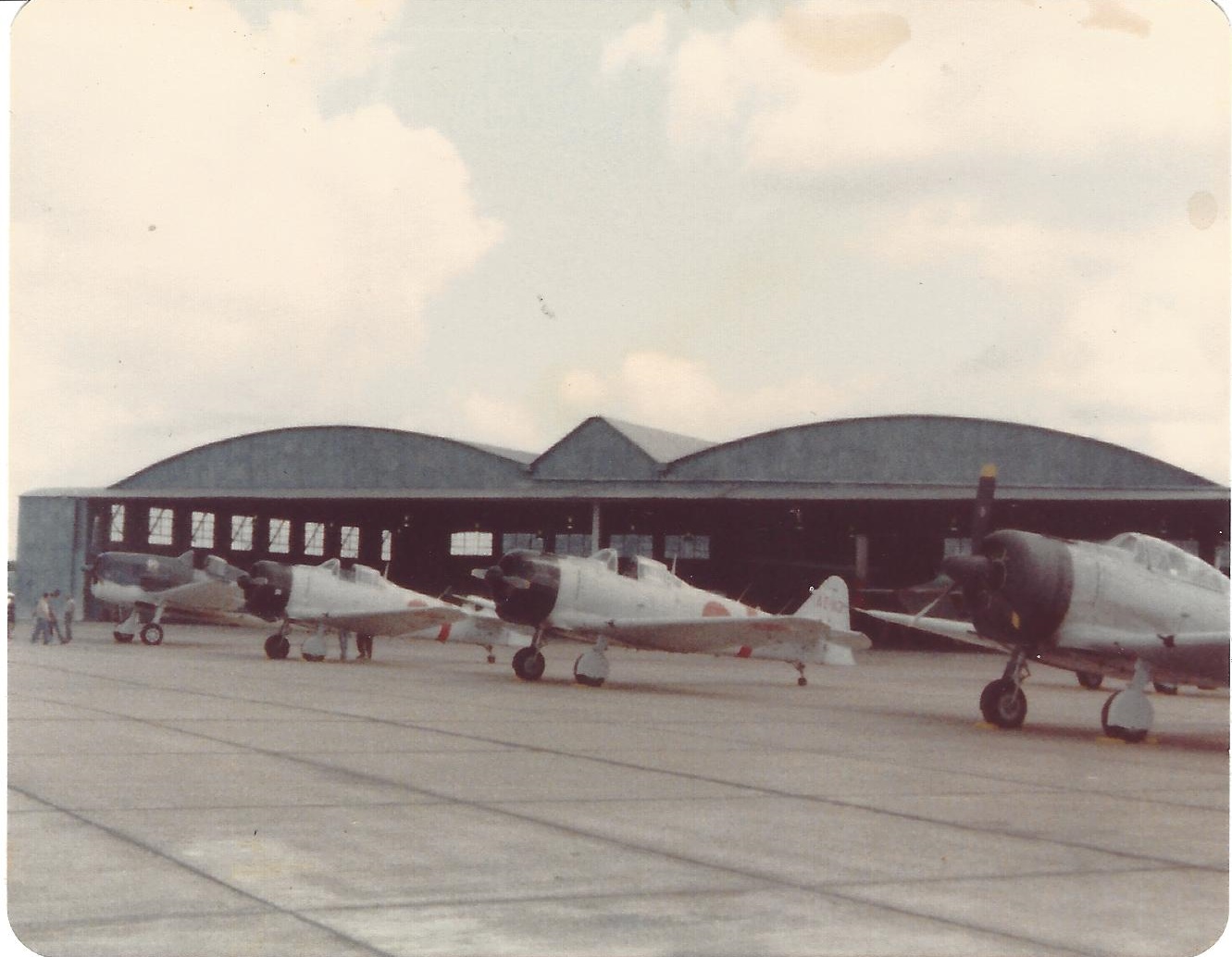 World War II—and especially the Pacific War—has been my greatest research project. You could say that the movie Tora Tora Tora has a lot to do with that. Still, there’re no words to describe the feeling of being a kid and seeing a formation of T-6 Texans modified to look like Japanese Zeros flying over Nederland, Texas, headed for Jefferson County Airport to participate in the Confederate Airshow.
World War II—and especially the Pacific War—has been my greatest research project. You could say that the movie Tora Tora Tora has a lot to do with that. Still, there’re no words to describe the feeling of being a kid and seeing a formation of T-6 Texans modified to look like Japanese Zeros flying over Nederland, Texas, headed for Jefferson County Airport to participate in the Confederate Airshow. 
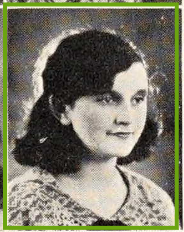
You must be logged in to post a comment.